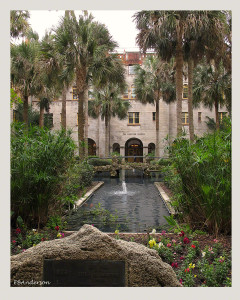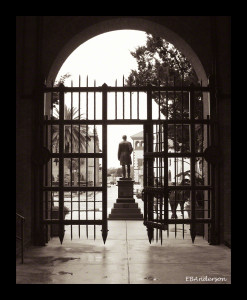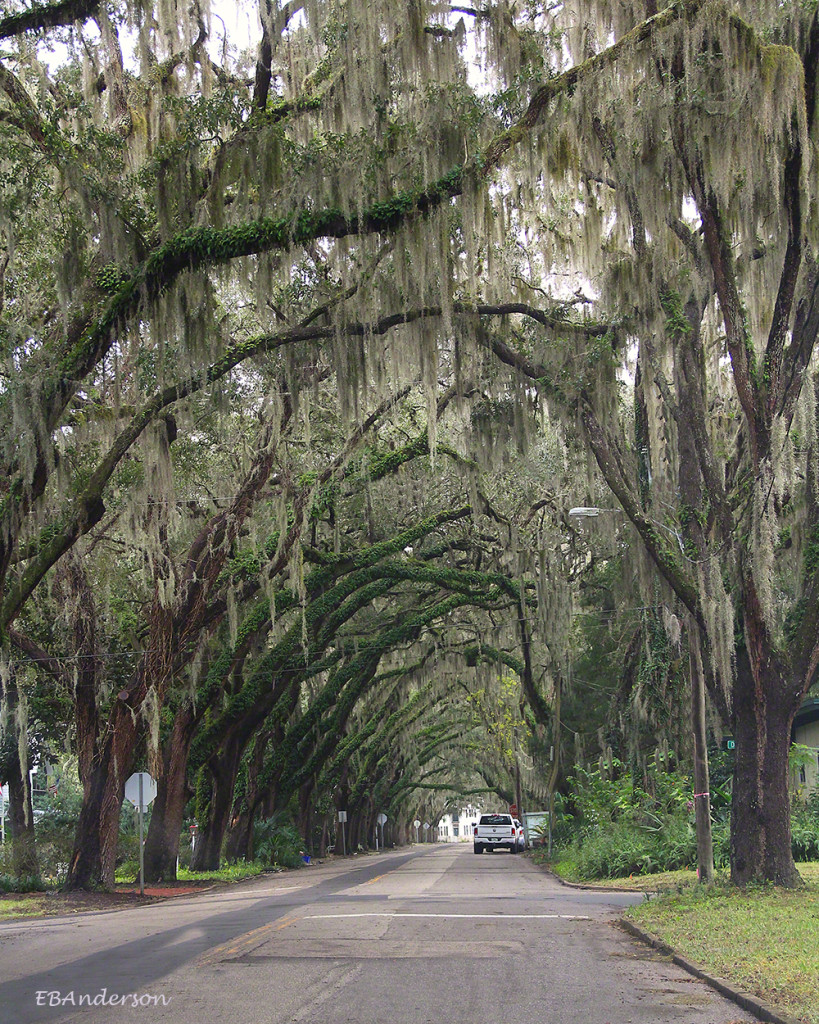“Party like it’s 1565” seemed to be just about everywhere in St. Augustine. The catchy phrase showed up on T-shirts, bumper stickers and perhaps even tramp stamps. (I didn’t spend any time investigating the latter.)

The slogan refers to the Florida city’s founding, making it the oldest continuously occupied, European-settled cities on the North American continent. All of the conditionals are important because there are challengers to the claim. Let’s just say St. Augustine is old. But partying like it was 1565? That’s the unintended story of St. Augustine in a nutshell.
Those who know anything about history, understand that there really wasn’t much to party about in 1565. Ivan The Terrible was about to become terrible. England was still attempting to recover from Henry VIII. France and Spain were jostling for control of the New World. The Spanish would execute some 300 French soldiers and sailors in settling and defending St. Augustine.

And that was just 1565. It didn’t get better for a very long time. During the upcoming decades the city would be burned several times. The fort, Castillo de San Marcos, would be besieged numerous times and turmoil was the watchword for Florida’s Atlantic Coast.
Pirates, Indian Wars, a second “Underground Railroad” that few have ever heard of, are just a small part of St. Augustine history. In more contemporary times, Gilded Age industrialists such as Henry Flagler left a legacy of community works.
But that’s the challenge of St. Augustine. The city has a rich history, but it’s presented disjointedly, amid T-shirt shops, wineries and candy confectioners. We took one of the tour trollies, and while it was entertaining, it was ultimately unsatisfying. Granted, we’re history geeks. St. Augustine has an interesting, complex story to tell. It’s a worthwhile trip, but if you decide to go, do some homework before getting there. You’ll learn a lot more that way and you’ll know that partying like it’s 1565 is probably not a great idea.
Some of these images and others from St. Augustine are available from my Etsy shop.
